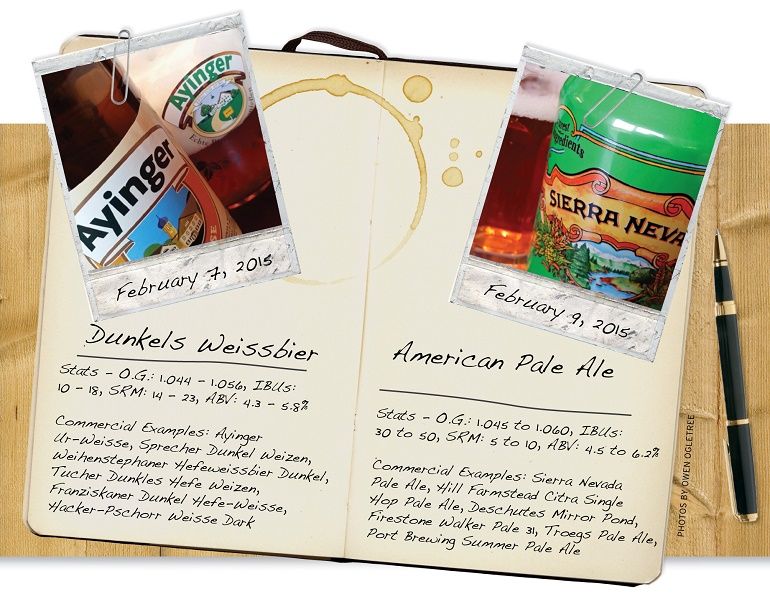Start 14-Day Trial Subscription
*No credit card required

Style Studies (Issue 18)
American Pale Ale
As a teenager in southern California, Ken Grossman immersed himself in homebrewing and always told his mother, "It's just an experiment. I'd never drink the stuff." No one could have predicted that these rudimentary homebrews, concocted by the future founder of Sierra Nevada Brewing Company, would help conceive the style of American pale ale now enjoyed around the world.
Grossman loved hops but had difficulty finding an acceptable supply in the 1970s. He made the drive north to Yakima, Washington and struck a deal with a hop grower to part with 100 pounds of whole cone hop samples that included fresh Cascade. He was in love.
Grossman's greatest wish was to formulate a British-inspired pale ale using American hops. In 1980 he spent a great deal of time and money – dumping around ten batches of beer – before arriving at the final Sierra Nevada Pale Ale recipe that hit shelves commercially in March of 1981. Grossman admits, "This beer helped launch the American craft beer movement and changed the tastes of millions."
A classic American Pale Ale (APA) should impart moderate aromas of spicy, citrusy, resiny American hop varieties supported by a low to moderate malt profile that's sometimes described as having nuances of toast, bread, biscuits and even a hint of caramel in some examples. Dry-hopping offers added dimension to the nose of APAs, with restrained fruity esters also playing a role.
Colors range from golden to amber with moderate white to slightly off-white foam that usually boasts respectable staying power. Still bottle-conditioned and carbonated with residual yeast, Sierra Nevada Pale Ale bottles and cans contain a natural, creamy, soft carbonation and a slight layer of yeast at the bottom.
Expect a medium-light to medium mouthfeel and body with a smooth, somewhat dry finish from moderate hop flavor and bitterness. Perceived APA hop notes may include citrus, spice, pine resin, pineapple, kiwi, berry and/or hints of cherry. Fruity esters should be very light to moderate.
Less robust than a typical American IPA, the moderate malts of an APA come across as clean and somewhat simple – an appropriate background to highlight the focus on hop flavor and judicious bitterness. APAs present an accessible, sessionable balance.
In comparison with classic English pale ales, APAs usually exhibit lighter colors, fewer esters, less fermentation complexity and more restrained, or completely absent, caramel malt character.
When enjoying an APA, try a bit of bready provolone or dry Parmigiano Reggiano. Fried fish or chicken also make a perfect pairing choice, along with pepperoni pizza, grilled sausages and even a simple cheeseburger and fries.
American Pale Ale
Stats – O.G.: 1.045 to 1.060, IBUs: 30 to 50, SRM: 5 to 10, ABV: 4.5 to 6.2%
Commercial Examples: Sierra Nevada Pale Ale, Hill Farmstead Citra Single Hop Pale Ale, Deschutes Mirror Pond, Firestone Walker Pale 31, Troegs Pale Ale, Port Brewing Summer Pale Ale



